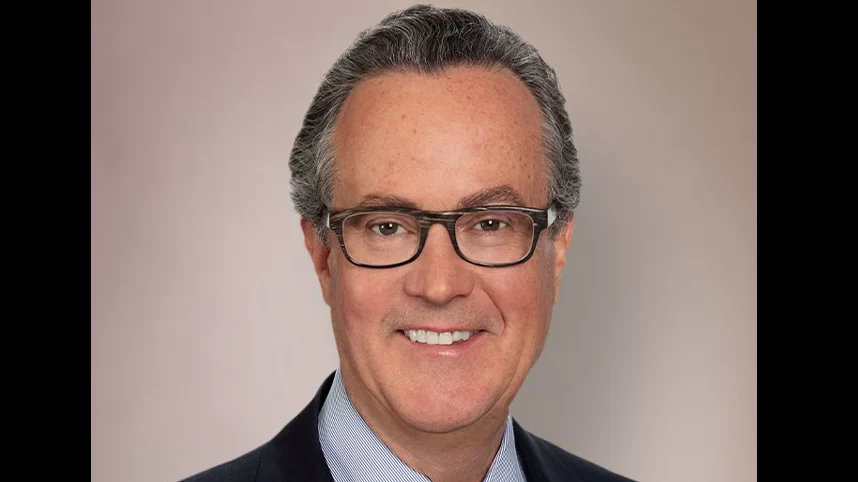An evolving reporting environment for greenhouse gas emissions is expected to drive the adoption of a key standard for measuring emissions in insurers' underwriting portfolios. The Partnership for Carbon Accounting Financials (PCAF) launched the first version of an insurance-associated emissions standard in November 2022, but its adoption has been limited thus far. However, with the introduction of the new accounting standard for climate-related disclosures, IFRS S2, insurers and their clients are now under pressure to provide more information on their emissions. This requirement is expected to increase the use of PCAF's insurance-associated emissions standard.
"Any insurer who wants to be ready for the IFRS or who wants to sign up to science-based targets will have to do this," said Alex Hindson, partner and head of sustainability at Crowe LLP.
The measurement of greenhouse gas intensity in underwriting portfolios is crucial for insurers because their own operations generate minimal emissions. The majority of their greenhouse gas footprint comes from the emissions they indirectly enable by insuring and investing in companies. The PCAF insurance-associated emissions standard provides a consistent way to measure and track progress towards net-zero underwriting. It also helps identify an insurer's most greenhouse gas-intensive business lines, allowing them to focus their efforts effectively.
However, the PCAF insurance-associated emissions standard faced challenges from the outset. Climate activist group Insure Our Future criticized the standard for lacking a mandate to disclose clients' Scope 3 emissions and for using premium as the numerator to calculate insurers' share of an insured company's emissions for commercial lines. Additionally, the Net-Zero Insurance Alliance (NZIA), a driving force behind the standard, lost several members due to concerns over potential antitrust law violations. Despite these setbacks, European insurers, including former NZIA members AXA SA and Allianz SE, have reported interim targets or emissions estimates.
The push for greater disclosure of emissions is expected to drive the use of the PCAF standard. The UK government's Transition Plan Taskforce has called for disclosure of insurance-associated emissions, with the PCAF standard being considered the "gold standard" for this purpose. The European Union's Corporate Sustainability Reporting Directive, while not explicitly mentioning insurance-associated emissions, still references them, indicating a potential future regulation to encourage their disclosure.
Lloyd's of London is working with Moody's to develop a solution for quantifying greenhouse gas emissions in insurers' underwriting and investment portfolios. This initiative utilizes the relevant PCAF standards as a starting point.
The pressure for emissions disclosure is not limited to the insurance industry alone. Companies in other sectors are also facing increasing demands to disclose their greenhouse gas emissions. This trend is expected to make it easier for insurers to collect client data and inform their own insurance-associated emissions disclosures.
Insurers are already facing inquiries from insurance buyers about their emissions, indicating a growing awareness and demand for transparency. Despite limited public disclosure of targets and emissions using the PCAF standard, significant work is being done within the industry to measure and address emissions.
Several insurers, including Insurance Australia Group Ltd., Grupo Catalana Occidente SA, Swiss Re AG, QBE Insurance Group Ltd., and Zurich Insurance Group AG, are actively working on quantifying their emissions, setting targets, and improving data quality.
PCAF itself is committed to developing the insurance-associated emissions standard further, with plans to add more insurance products and address gaps in the first version. Version two of the standard is expected to be published in the first half of 2025.
The increasing focus on emissions disclosure and the use of standardized measurement methods such as the PCAF standard will play a crucial role in insurers' efforts to achieve net-zero underwriting. The adoption of these standards will enable insurers to accurately measure, track, and reduce their greenhouse gas emissions, contributing to a more sustainable future.

